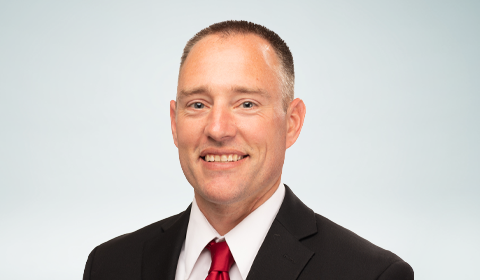The what and why of achieving a goal – also known as strategy – is the easy part. It is in the how, or execution, where the hard work comes in and where success is ultimately determined.
It is therefore no surprise that while the goal of modernizing data and analytics operations in insurance is nothing new, advancing along this path has remained elusive for many re/insurers. Legacy challenges, resource constraints, and inefficiencies in organization and infrastructure all conspire to limit meaningful progress. Fortunately, RGA’s journey proves that data modernization can indeed be achieved and that the resulting efficiencies and business value make it well worth the effort.
Collaboration: Setting the Stage for Transformation
A vital first step to this data transformation is synergetic collaboration and breaking down of silos between business and IT teams. By understanding the roles and responsibilities required for successful decision making between the two teams, insurers can create a collaborative environment fostering innovation and sustainable growth. The business owner is tasked with defining problems and success criteria and dedicating analytical resources to develop solutions, including a self-service model. In parallel, IT owners propose suitable tools, manage technology partner resources, and execute the company's technology strategy.
At RGA, this partnership model enabled the business side to set expectations early for a desired future state and IT to make proposals around approaches to get there. This ensured alignment and facilitated allocation of necessary resources such as dedicated IT staff – a common challenge for emerging technology initiatives. At the same time, our IT teams were challenged to ensure consistency with the broader enterprise architecture when proposing solutions in order to foster end-to-end organizational alignment and integrated, sustainable upgrades. Bringing the business and IT teams together has led to collaboration beyond the initial scope of the project scope and elevated ongoing business-as-usual interactions.
For additional insights on this topic, view Derek Kueker's recorded webinar, "Data Modernization: Realizing Future-State Analytics & Efficiency":
Overcoming Legacy Challenges
Legacy data systems in life insurance are often plagued by duplication, inconsistent tooling, and inefficient processes. Combating this starts with constructing datasets at their most basic level, thus curtailing the need for subsequent aggregation, and enabling scalability to accommodate future analytical needs and prevent data redundancy. It is also important to clarify data ownership roles by installing functional data leads and data owners, ensuring responsibilities transfer smoothly across functions while aligning with internal policy, regulatory obligations, and contractual arrangements. Finally, tool selection must focus on an end-to-end architecture that benefits the entire organization.
At RGA, data modernization began with acknowledging that legacy issues hindered adaptability to analytical demands. We redefined data ownership, invested strategically in technology tools, and phased out legacy systems in favor of scalable solutions that considered downstream integrations to maximize the reusability of analytical code. Key principles guiding this modernization process included the following:
- Source of Truth: Establishing a single source of truth for core datasets at the most foundational level, devoid of premature aggregation, ensures all downstream processes are fed uniformly and accurately.
- Self-Service Analytics: Empowering business units with tools and capabilities to independently access and analyze data reduces dependency on IT and accelerates decision making.
- Scalability: Prioritizing scalability in technology investments to meet future demands diminishes current limitations and unlocks the potential business value.
- Active Monitoring: Continuously tracking expenses, usage, and process efficiency enables iterative improvement and fosters productionization of repeatedly used processes.




